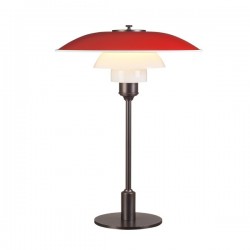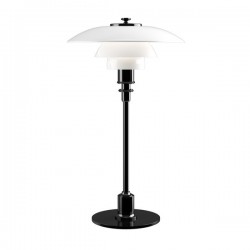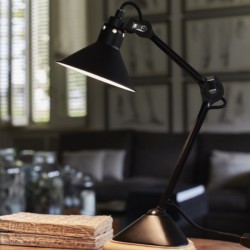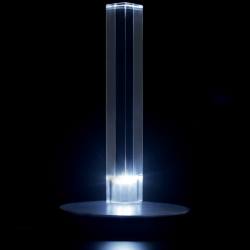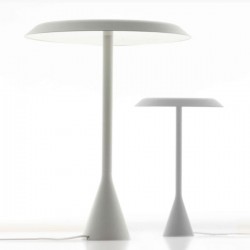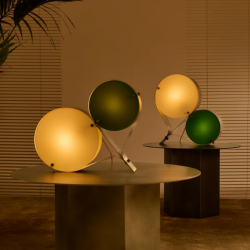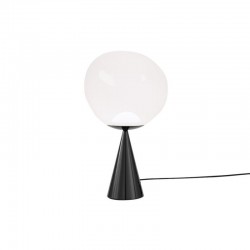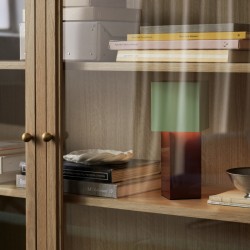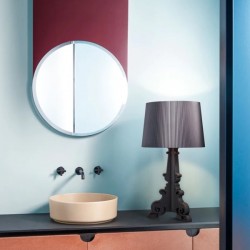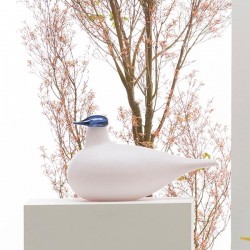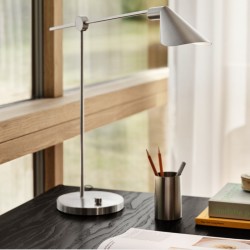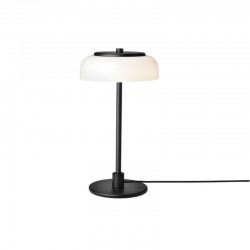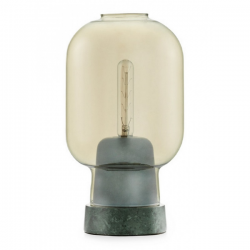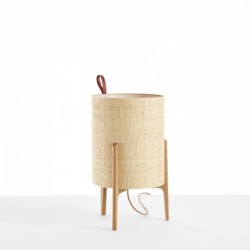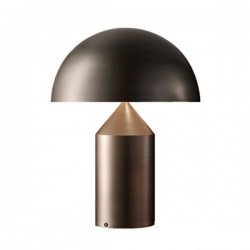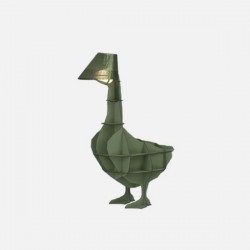Louis Poulsen PH 3½-2½ Table Lamp
The louvre is 100% glare-free, with a design based on the principle of a reflective three-shade system, which directs most of the light downwards. The white painted lower surface of the top shade gently directs the light downwards. The two bottom mouth-blown opal glass shades ensure a large glare-free light surface, making optimum use of the light source to provide comfortable, functional lighting. The opal glass shades are shiny on the outside and matt on the inside.
Can't find it! We can supply all products from Louis Poulsen, If you know what you are looking for and it is not yet featured, please send us a request
- Specifications
Finish: Red, green, yellow and white, powder coated.
Material:
Top shade: Spun aluminium.
Other shades: Mouth-blown white opal glass.
Shade holder: Silk matt brown brass.
Stand: Silk matt brown brass. Mounting: Cord type: Plastic with plug.
Cord length: 2.5 m.
Switch: On the cord.
1 x 60 w E14Class:Ingress protection IP20. Electric shock protection II w/o ground.
Kindly note that this product is CE-approved only and should only be used in countries that follow and accept this standard. If it is used elsewhere it will be at the customer's sole risk, responsibility and liability.
- Size Description
Height 45cm
Cap Diameter 33cm
-
Poul Henningsen
Poul Henningsen was born in Copenhagen by the famous Danish actress Agnes Henningsen. He never graduated as an architect, but studied at The Technical School at Frederiksberg, Denmark from 1911-14, and then at Technical College in Copenhagen from 1914-17. He started practicing traditional functionalistic architecture, but over the years his professional interests changed to focus mainly on lighting which is what he is most famous for. He also expanded his field of occupation into areas of writing, becoming a journalist and an author. For a short period at the beginning of WWII, he was the head architect of the Tivoli Gardens in Copenhagen. But like many other creative people, he was forced to flee Denmark during the German occupation but soon became a vital part of the Danish colony of artists living in Sweden.


 EUR
EUR




